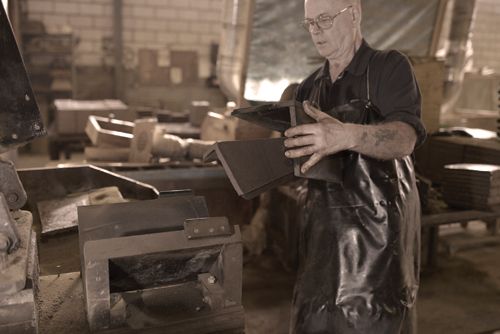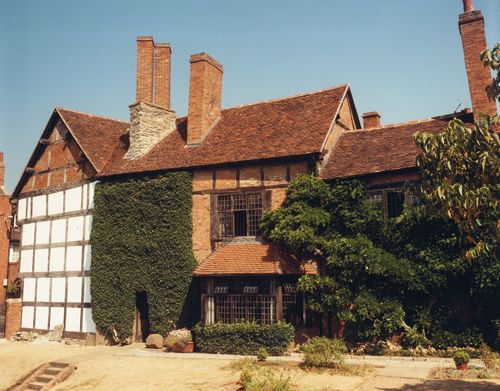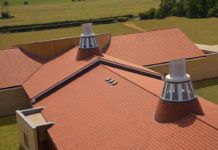

For this month’s article, Sandtoft hands over to Richard Bishop, category marketing manager for Keymer – the 16th century roofing brand which is now part of the Wienerberger group – who addresses the topic of restoring and repairing heritage roofs within the public sector to ensure the historical DNA of properties can be effectively maintained.
There is a slight misconception that public sector buildings purely involve ultra modern office buildings and social housing properties. In reality, some of the most historically important buildings in the UK fall within the purview of the public sector – from Windsor Castle to the Houses of Parliament. With this in mind there are three key pillars to consider when addressing the issues surrounding the roofs that sit upon antique buildings owned by the state. These considerations are material, profile and colour.
Living in a material world
It may seem obvious but when repairing or indeed replacing a heritage roof, the correct selection of material is paramount. The specification of material is vital for two reasons – the first being that the aesthetic integrity of the building will need to be maintained, but beyond that different materials have inherently different qualities. Take for example a stately home, this may have had a clay roof initially but in theory a stone roof could complement the structure. In this instance it’s simply not possible to use stone, as on the whole it is heavier than clay meaning the loadbearing structure of the roof would need to be accurately assessed as to whether it could support the load.
The selection of materials also affects the longevity of the roof for several reasons. Say a restoration would not suit an obvious change in aesthetic design – then using the same original material is of the upmost importance. There is currently a wide selection of products on the market that have the look of a certain material but are in fact made from something entirely different. Concrete, for example, can be employed to look like a clay tile and when initially installed it may be difficult to tell the difference between it and its counterpart. Given time, however, the fact that concrete ages in a very different way to clay will become apparent. Where clay will retain its colour, concrete will gradually fade, and where clay in the right conditions can be dependable to last for up to 100 years, concrete cannot provide the same assurances.
Similarly the profile of individual tiles needs to be in keeping with the roof in question as the wrong specification could, in theory, throw off the entire visage of the building.
The third consideration is colour. If a section of a roof is being replaced the new tiles may stand out somewhat due to their infancy, however this juxtaposition will be short lived as once time has had its effect upon the tiles, their colour and patina will subtly change until they are indecipherable from the older tiles.
Location, location, location
Public sector heritage sites exist in all elements of society and in different areas within the UK. There can often be fundamental differences found between properties in urban conurbations and those in varying parts of the countryside. Planning requirements and limitations can be more stringent in historical city areas as buildings need to be in keeping with the local vernacular – therefore should a property which is set within an historical setting require maintenance work, it will have to fit within its surroundings. For example, the work undertaken by Keymer on Shakespeare’s Birth Place in Stratford-upon-Avon had to be harmonious with the surrounding area, which set very stringent rules upon colour selection and overall design.
Take Kent for instance; across the region there is a trend towards peg tiles, which can feature 70 tiles per square metre. In contrast to Kent, 11×7 tiles are popular in Staffordshire and Derbyshire. 52 of these tiles will cover a square metre of roofing. Throw into the mix the red brick grandeur of the Victorian powerhouses of Manchester and Birmingham and the gargantuan scale of heritage projects becomes evident.
Implications for the public sector
The effort required to protect and maintain heritage roofs is only going to grow since with the passage of time more buildings will be added to the list for conservation. With this fact in mind the correct specification of product at an early stage in the restoration will save the public sector – be it local authority, quango or Whitehall – a lot of money in man hours and it will also generate savings over the lifespan of the roof. Yes handmade clay tiles may seem expensive as an initial cost, however in my view over a life span of 100+ years their actual value becomes apparent. There are still manufacturers in the UK that can accurately replicate antiquated tiles and profiles using methods similar to those used half a millennia ago, meaning a new hand-made tile can blend in perfectly with its older counterparts.
In short, there are hundreds of years of accumulated knowledge and experience which can be drawn upon to ensure that those heritage buildings receive the care and attention they require.



